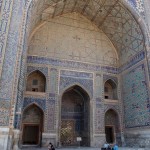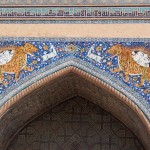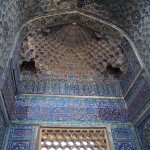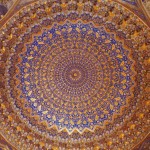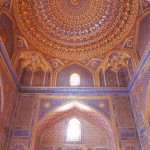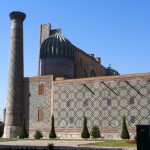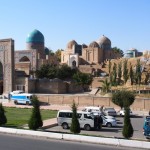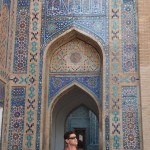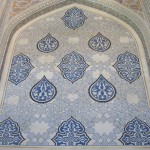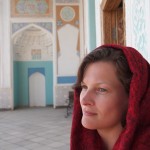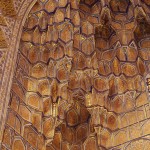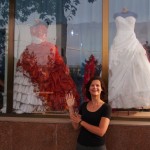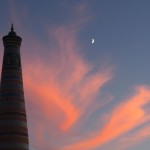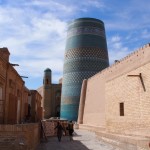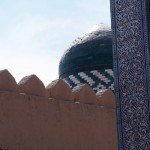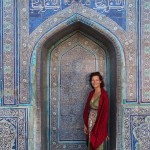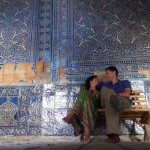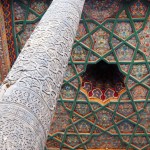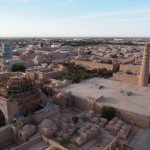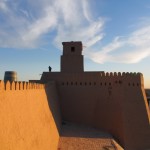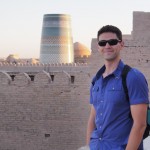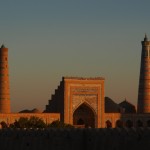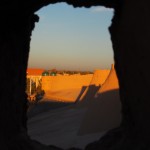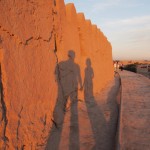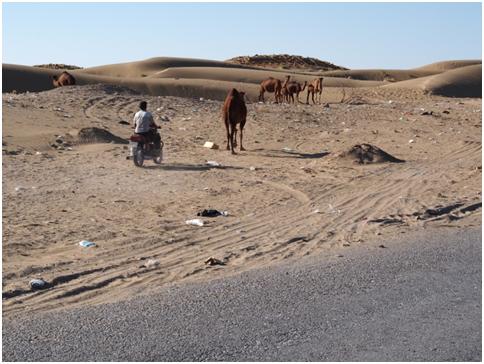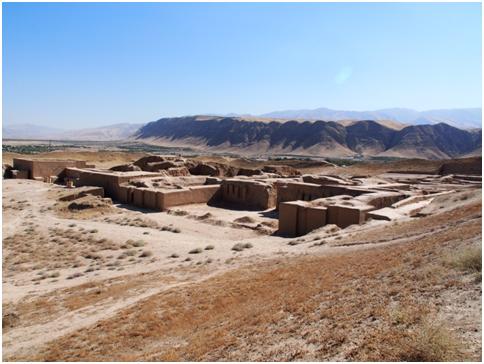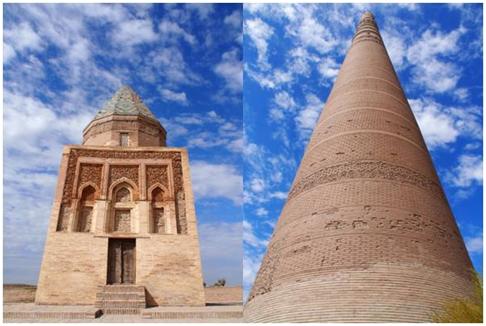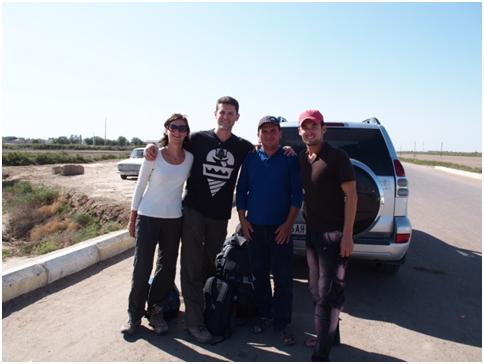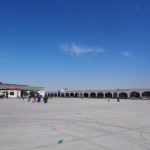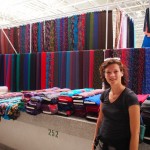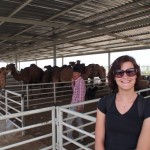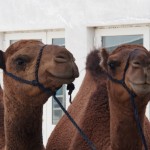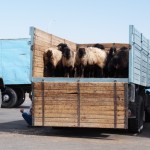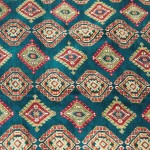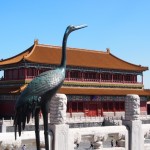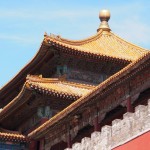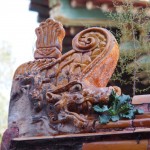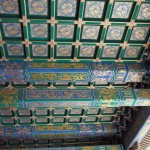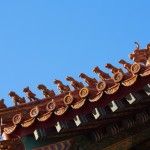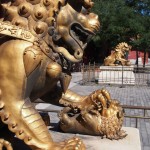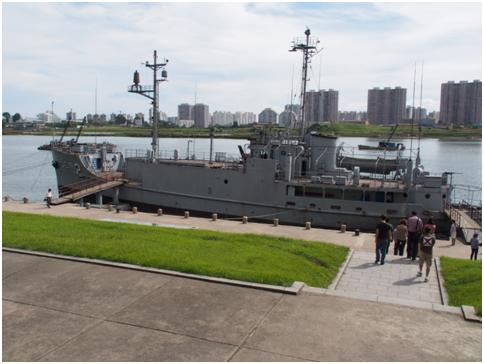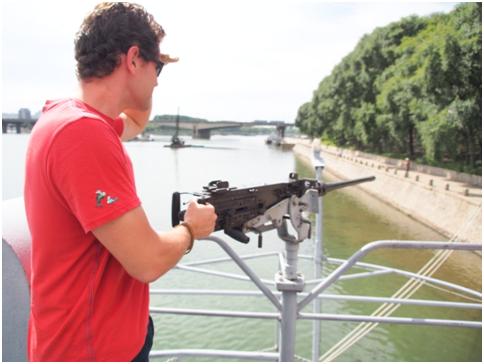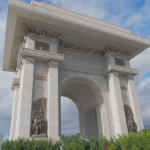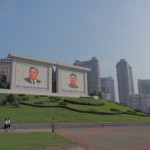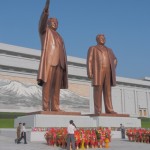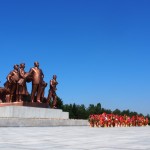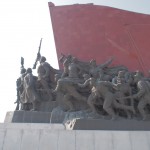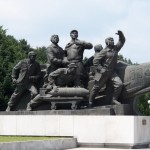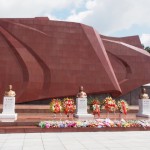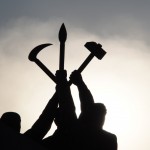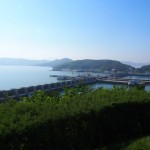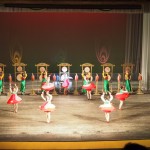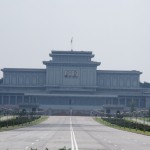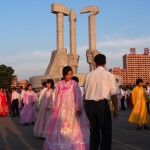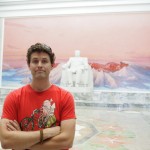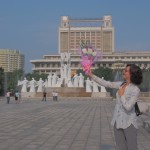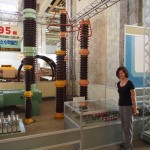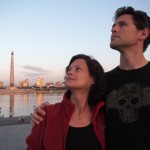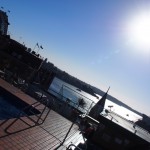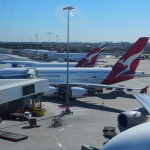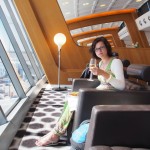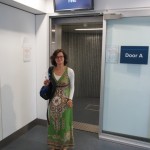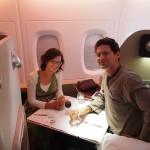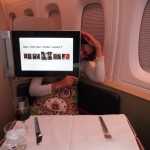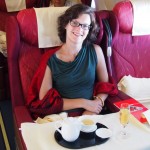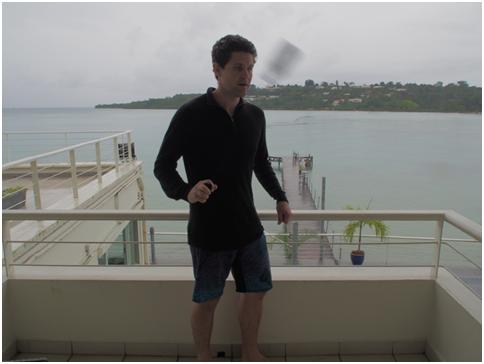Next stop on our Silk Road extravaganza: Samarkand. Yep, that’s right, the big daddy of the Silk Road cities, home of the famous Registan amongst a bunch of other pretty cool monument-y type stuff. More Silk Road-y than you can shake a stick at.
Or so you’d think. In reality, the city of Samarkand is very, very Soviet, with just a few scattered monuments (albeit large, fabulous and highly significant monuments) here and there to remind you of the glorious past. The vast majority of the old city has been destroyed over the years – partially by earthquake to be fair, but mostly due to the fact that the Soviets really didn’t like it (having been to a few parts of the old town, you can half see their point – no drainage to speak of so the old town really does stink). Hence the old winding alleys full of mosques, mangy dogs and charm have been replaced by glorious wide avenues, plenty of concrete, and a bewildering array of non functioning fountains.
Oh, and those monuments. They were amazing, particularly the interiors, although to James’ and my by now jaded eyes, they compared somewhat unfavourably to the sites in Bukhara – not for any lack of splendour, but due to their rather antiseptic nature. Yes, ladies and gentlemen, time for my regular and learned discourse on restoration – and Samarkand has had the romance restored right out of it. You can’t really blame the Soviets given that the buildings were all clearly only holding themselves up through some feat of minor miracle when the restoration work started, but the end result is magnificent, but soul-less.
Fortunately for us, we were able to locate Samarkand’s alternative soul, in the rather unexpected guise of a carpet workshop of all things. There we spent a happy couple of hours listening to the carpets being made (the sound of each strand being knotted is oddly like a harp being plucked) and listening to our guide give a heartfelt description of the tradition of hand carpet making throughout the Central Asia region. We left several hours later with a severe hankering for a truly beautiful carpet, a much greater knowledge than before of the various gradings of carpets in the world, and a strong sense of disgust at those pesky Chinese and their modern, machine made, synthetic carpets. All I need to do now is to develop a true love of overcooked fatty mutton and I’ll be good and ready to be assimilated into the Central Asian world.
- The Registan. This is one of 3 buildings there – it’s seriously grand
- The famous Registan lions. Yep, I know. Apparently the architects had never seen real lions…
- Is it just me who’s wondering how they dust off the cobwebs?
- Equally, how many cans of Brasso d’you reckon they get through in a year?
- The roof here is actually flat, not domed (obviously they too were concerned about dusting)
- Built for the then khan by his wife whilst the khan was away at war. And I think a home cooked supper’s a good welcome
- A whole alley of extremely grand mausoleums. Kind of a dead guy hall of fame I guess
- James strikes a pose in mausoleum alley and secretly wonders what he needs to do to get a plot…
- Interior of one of the many mausoleums, all of which are just as amazing
- This one is actually a modern, functioning mosque hence the headscarf (plus some seriously bad hair!!)
- Timur’s tomb. I guess he was probably important enough to warrant some spangle
- Time out from sightseeing at one of literally THOUSANDS of bridal shops. Mum, I’m thinking the number on the left would look good on me

